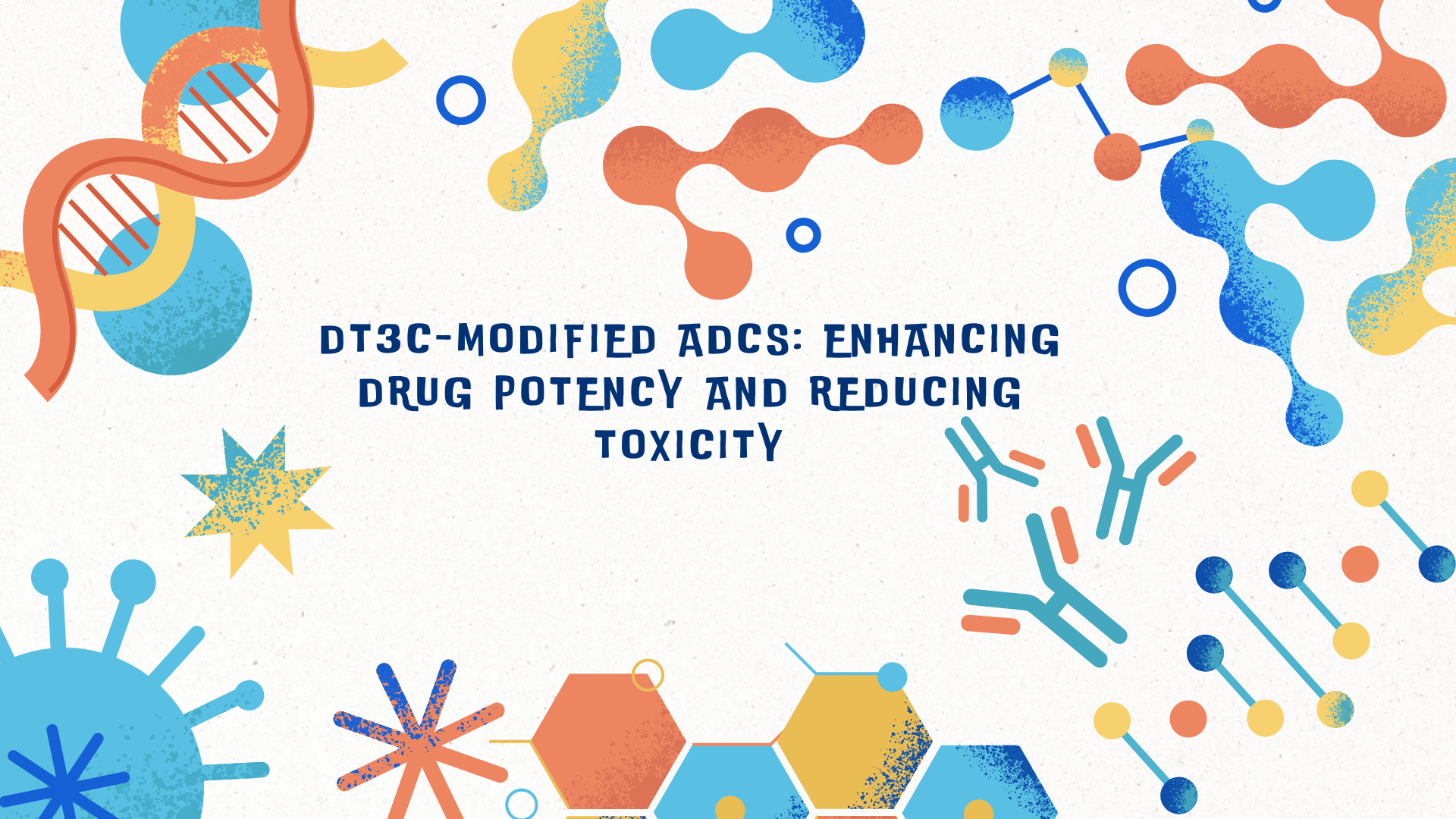Off-target toxicity remains a significant drawback of conventional ADCs, often leading to dose-limiting side effects. DT3C technology addresses this issue by improving the site-specific conjugation of the cytotoxic drug to the antibody. The precise placement of the payload reduces heterogeneity in ADC preparations, leading to a more predictable pharmacokinetic profile and improved safety. Additionally, the enhanced linker stability afforded by DT3C minimizes the likelihood of premature drug release, further decreasing exposure to non-target tissues. This reduction in off-target effects translates into a better therapeutic window, allowing for more effective dosing strategies. DT3C technology effectively mitigates these risks through the following mechanisms:
Improved Site-Specific Conjugation
- DT3C facilitates precise conjugation of the cytotoxic drug to the antibody, reducing the heterogeneity of ADC formulations.
- By ensuring uniform drug distribution, DT3C-modified ADCs demonstrate a more predictable pharmacokinetic profile, leading to improved safety and efficacy.
Reduced Premature Drug Release
- Conventional ADCs often suffer from nonspecific linker degradation, which results in payload leakage and systemic toxicity.
- DT3C’s highly stable linker structure prevents premature detachment of the drug, ensuring payload release occurs exclusively in tumor cells.
Lower Exposure to Healthy Tissues
- DT3C-modified ADCs target cancer cells more selectively, thereby reducing the exposure of normal tissues to cytotoxic agents.
- This selective targeting minimizes unintended side effects, such as damage to vital organs and healthy cell populations.
Extended Therapeutic Window
- The combined effects of improved stability and selective activation allow DT3C-modified ADCs to exhibit a broader therapeutic window.
- This enables higher dosing of ADCs without increasing the risk of severe toxicities, ultimately leading to better patient outcomes.
By refining site-specific conjugation, ensuring payload stability, and minimizing systemic exposure, DT3C technology significantly enhances the safety and effectiveness of ADC therapies. These improvements translate into a reduced incidence of adverse effects, allowing for more tolerable and efficacious cancer treatment.

